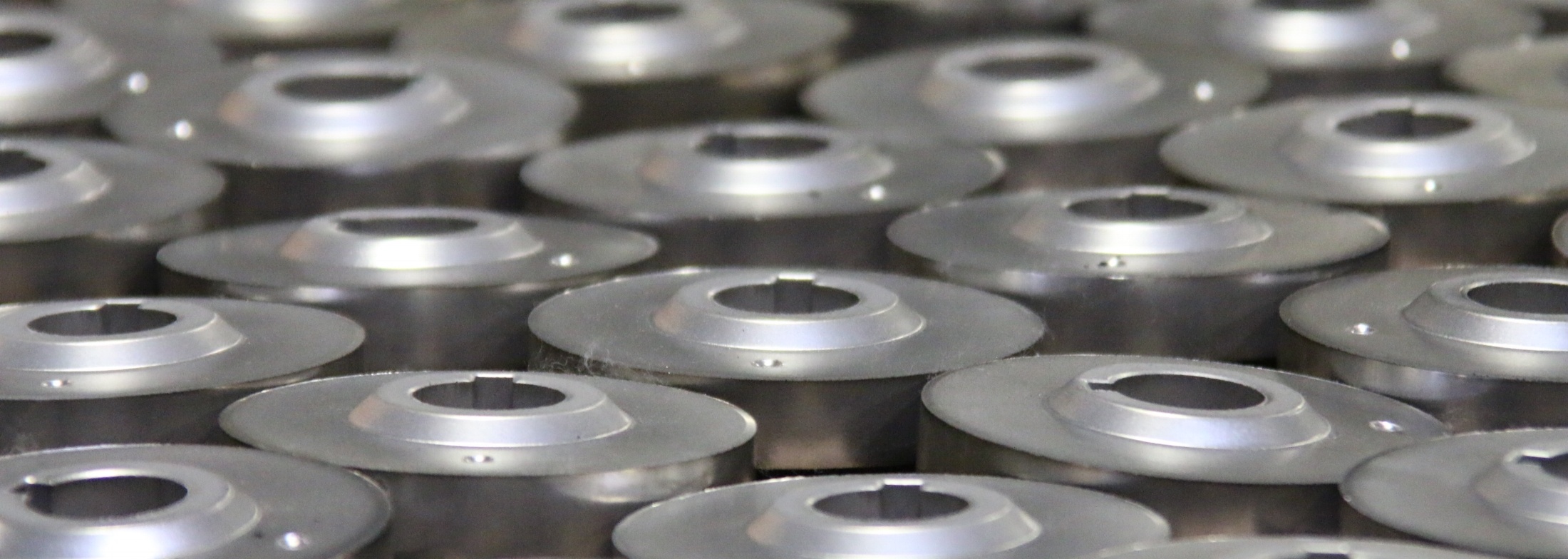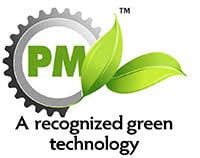Metal injection molding (MIM) is a versatile net-shape manufacturing process that delivers unique advantages for precision metal components.
Metal injection molding (MIM) is a versatile net-shape manufacturing process that delivers unique advantages for precision metal components. While MIM has been well established in industries such as firearms, agriculture, and consumer equipment, some manufacturers may be unaware of the breadth of applications suited for this advanced process.
So, let’s analyze the differences of metal injection molding vs die casting, exploring its potential to enhance outcomes and reduce costs. Let’s also explore its applications across diverse industries here.
Metal Injection Molding Advantages and Disadvantages
Metal injection molding employs injection molding technology to manufacture solid metal parts. It uses finely powdered metals mixed with a plastic binder, creating the feedstock suitable for injection molding. The results are known for their strength and durability while allowing design freedom and cost-effectiveness.
However, understanding the advantages and disadvantages of metal injection molding will help you determine if it's the right manufacturing solution for your project.
Advantages of MIM
The primary advantages of the metal injection molding process are as follows:
- Complex geometries: MIM can easily accomplish complicated parts because it offers tight tolerances. At the same time, it can produce functional parts with thin walls, intricate shapes, and complex internal structures.
- Consistent quality: The high repeatability and consistent quality of the raw material used guarantees the reliability of the finished product.
- Material variety: MIM can handle various materials, including stainless steel, low-alloy steel, and specialty metals like titanium and tungsten.
- Density and strength: MIM components have two desirable properties: hardness and strength due to their high degree of density. These ensure that the parts have excellent stress and wear.
Disadvantages of MIM
Some of the disadvantages of using metal injection molding are the following:
- Expensive start-up: The machines used in MIM are expensive, especially for companies that want to produce their parts in-house. Fortunately, companies like PSM Industries already offer these services, allowing clients to outsource their projects to save money.
- Long tooling lead time: Creating new parts takes longer because manufacturing a new mold takes time.
- Costly design changes: Each part of the design requires a separate mold, which adds up to its overall cost of production. If there are changes in the design, new molds must be produced, increasing lead times and costs.
Applications of Metal Injection Molding
Metal injection molding applications are varied and substantial because countless demanding industries use them. Some of these industries and applications include:
- Medical: Medical devices, such as orthopedic implants, surgical instruments, and dental devices, are produced through MIM due to accuracy and biocompatibility, which are two factors MIM can provide.
- Automotive: Some automotive components that can be made through MIM are shift levers, turbo changer vanes, seat components, and so much more.
- Aerospace: Parts and components found in engines, avionics, and airframes are achieved with the help of MIM while ensuring that the industry's stringent manufacturing regulations are met.
Metal Injection Molding vs Die Casting
Metal injection molding and die casting are two of the most common metalworking methods used in manufacturing. Both have their pros and cons, making them suitable for different applications.
Some of their main differences include:
- MIM can achieve small parts with delicate features, while die casting struggles to produce fine-featured details.
- Die-casting molds last longer than MIM molds, with die-casting molds used to make a million parts, while most MIM molds can only make up to a couple hundred thousand.
- Die-cast parts don't shrink, unlike MIM parts. Therefore, die-cast molds can be manufactured to size.
- MIM only uses high temperatures during the sintering process, so a molten metal feedstock isn't required, whereas die casting needs molten metal to be poured into the mold.
Achieve Superior Quality Results for Your Products with MIM
Metal injection molding offers numerous benefits for manufacturing precision metal components. With its ability to achieve complex geometries while maintaining consistency, MIM becomes a versatile and cost-effective method for diverse applications.
If you're interested in metal injection molding, PSM Industries provides high-performance outcomes for small or large projects. Learn more about our MIM services and how we can improve your bottom line. Contact us today or request a quote, and we'll find an affordable solution based on your needs!






